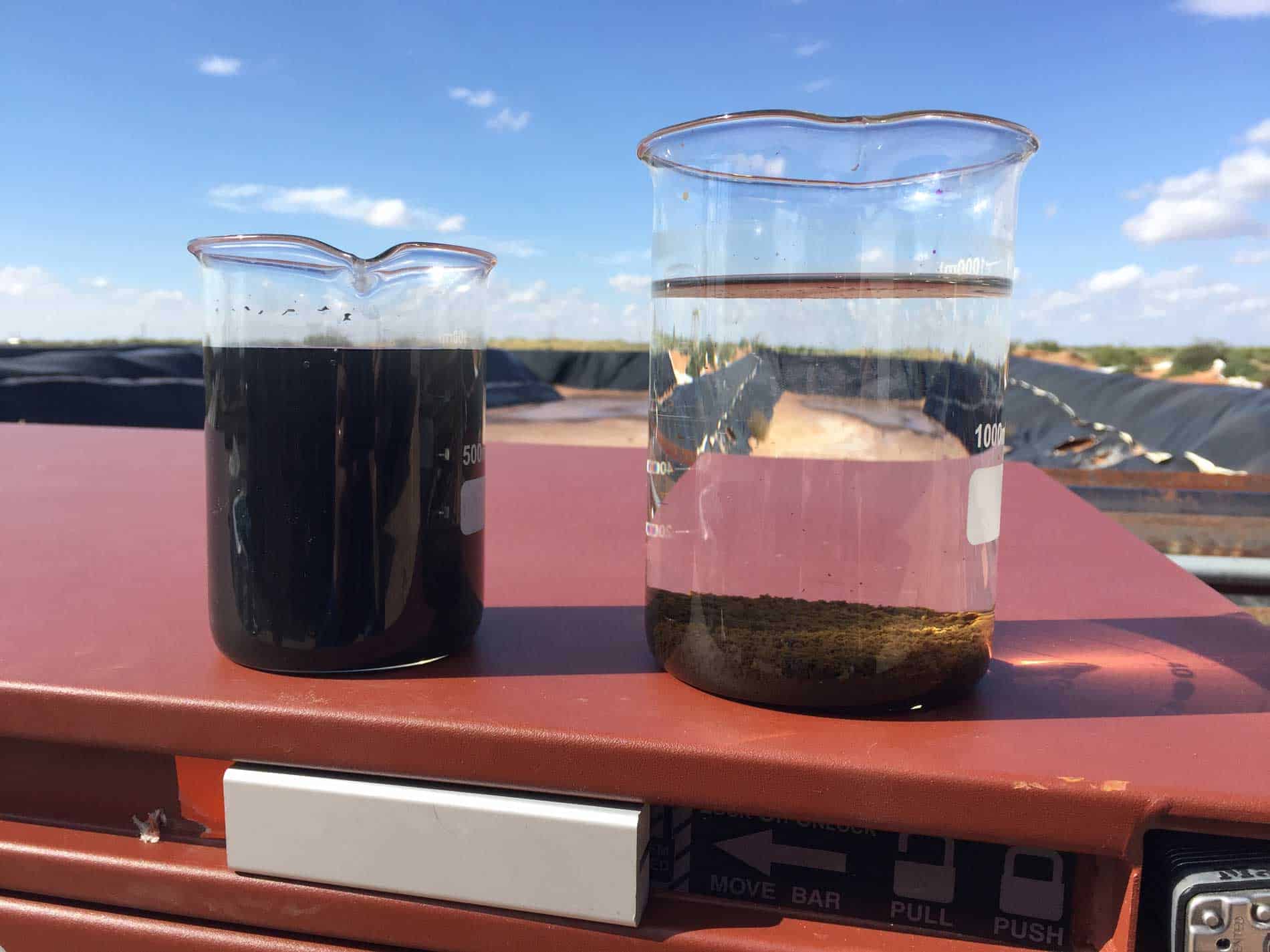IP 438 Total Oil in Water Spectrophotometric Test
The International Performance Standard (IP) 438 Total Oil in Water test is a critical analytical method used for quantifying the total oil present in water samples. This test is essential for industries that manage produced waters and process waters, such as those within the oil and gas sector.
Produced water from oil and gas operations contains various hydrocarbons, including crude oil, natural gas liquids (NGLs), and other petroleum substances. The presence of these oils can have significant environmental impacts if not properly managed. Therefore, accurate quantification is crucial for compliance with regulatory standards and to ensure safe disposal or treatment processes.
The IP 438 test follows a specific methodology where the oil in water is extracted using an organic solvent and then measured spectrophotometrically. This approach allows for precise determination of total petroleum hydrocarbons (TPH) concentrations, which are expressed as milligrams per liter (mg/L). The standard specifies that this method should be used when the TPH concentration is greater than 20 mg/L.
The test begins with proper sample collection from the source. It is important to note that the sampling technique must account for the dynamic nature of produced water, ensuring a representative sample is collected over time if necessary. Once the sample is collected, it undergoes a series of preparatory steps including filtration and extraction.
The extraction process involves immersing a filter into the water sample, allowing it to absorb the oil droplets through capillary action. After sufficient contact time, the filter is transferred to an extraction vessel containing dichloromethane (DCM) or another suitable solvent. The solvent then extracts the oil from the filter for further analysis.
The extracted oil is then analyzed using a spectrophotometer equipped with a specific wavelength that matches the absorption characteristics of hydrocarbons in the visible spectrum. This allows for accurate quantification of the TPH concentration in the water sample. The absorbance at this wavelength directly correlates to the amount of oil present, and calibration curves are used to convert absorbance readings into mg/L.
It is important to note that the IP 438 method is not designed for very low concentrations of hydrocarbons where other methods like gas chromatography may be more appropriate. However, it remains a robust and widely accepted technique for oil content analysis in produced water samples exceeding certain thresholds.
The results from this test are crucial for several reasons. They provide data necessary for regulatory compliance, environmental impact assessment, and internal quality control measures. By accurately measuring the total oil content, stakeholders can make informed decisions regarding treatment processes, storage, and disposal methods to minimize ecological harm and meet legal requirements.
Furthermore, these results play a vital role in refining operational procedures within production facilities. For instance, understanding the composition of produced water helps optimize extraction efficiency and reduce waste generation. Additionally, regular monitoring through IP 438 tests allows companies to track changes over time, aiding in predictive maintenance and process improvements.
In conclusion, the IP 438 Total Oil in Water Spectrophotometric Test is more than just an analytical procedure; it serves as a cornerstone for sustainable practices in the oil and gas industry. By adhering to this standard, organizations can ensure they are contributing positively to environmental conservation efforts while maintaining high standards of operational efficiency.
Why It Matters
The importance of IP 438 Total Oil in Water Spectrophotometric Test extends beyond mere compliance with industry regulations. Proper quantification and management of total oil content are essential for several reasons:
Environmental Protection: Ensuring that the amount of hydrocarbons released into the environment is minimal helps protect ecosystems from contamination. This reduces the risk of harm to aquatic life, soil quality, and overall biodiversity.
Regulatory Compliance: Adherence to environmental standards set by regulatory bodies like the Environmental Protection Agency (EPA) or International Organization for Standardization (ISO) is crucial for avoiding legal penalties. Accurate testing ensures that companies meet these stringent requirements.
Risk Management: By identifying and quantifying hydrocarbon levels early on, risks associated with potential spills or leaks can be mitigated effectively. This proactive approach helps prevent costly clean-up operations and liability issues.
Operational Efficiency: Understanding the composition of produced water allows for better resource management strategies. It enables companies to optimize processes, reduce waste generation, and improve overall operational efficiency.
Benefits
The implementation of IP 438 Total Oil in Water Spectrophotometric Test offers numerous benefits that extend across various aspects of the oil and gas industry:
Enhanced Environmental Stewardship: Accurate measurement ensures that only necessary quantities of produced water are released into the environment, promoting sustainable practices.
Improved Compliance: Regular testing guarantees ongoing adherence to environmental protection laws and regulations, avoiding potential fines or sanctions.
Predictive Maintenance: Continuous monitoring through IP 438 helps detect anomalies early, allowing for timely interventions that prevent larger issues down the line.
Informed Decision Making: Reliable data enables better strategic planning and resource allocation, leading to more effective business operations.
Safety Assurance: By maintaining low oil concentrations in water streams, risks associated with potential explosions or fires are significantly reduced.
Why Choose This Test
Selecting the IP 438 Total Oil in Water Spectrophotometric Test offers several advantages over other available methods:
Reliability: IP 438 is a well-established and widely accepted standard, ensuring consistent results across different laboratories.
Cost-Effectiveness: Although initial setup costs may vary, the ongoing expenses associated with this method are generally lower compared to more specialized techniques like gas chromatography.
Simplicity: The procedure is straightforward and does not require complex instrumentation, making it accessible for laboratories of varying sizes and capabilities.
Regulatory Acceptance: Many regulatory bodies recognize IP 438 as the preferred method for determining total oil content in water samples, ensuring broad acceptance and validity.
Wide Applicability: The versatility of this test makes it suitable for a variety of applications within the oil and gas sector, from routine monitoring to detailed research projects.





